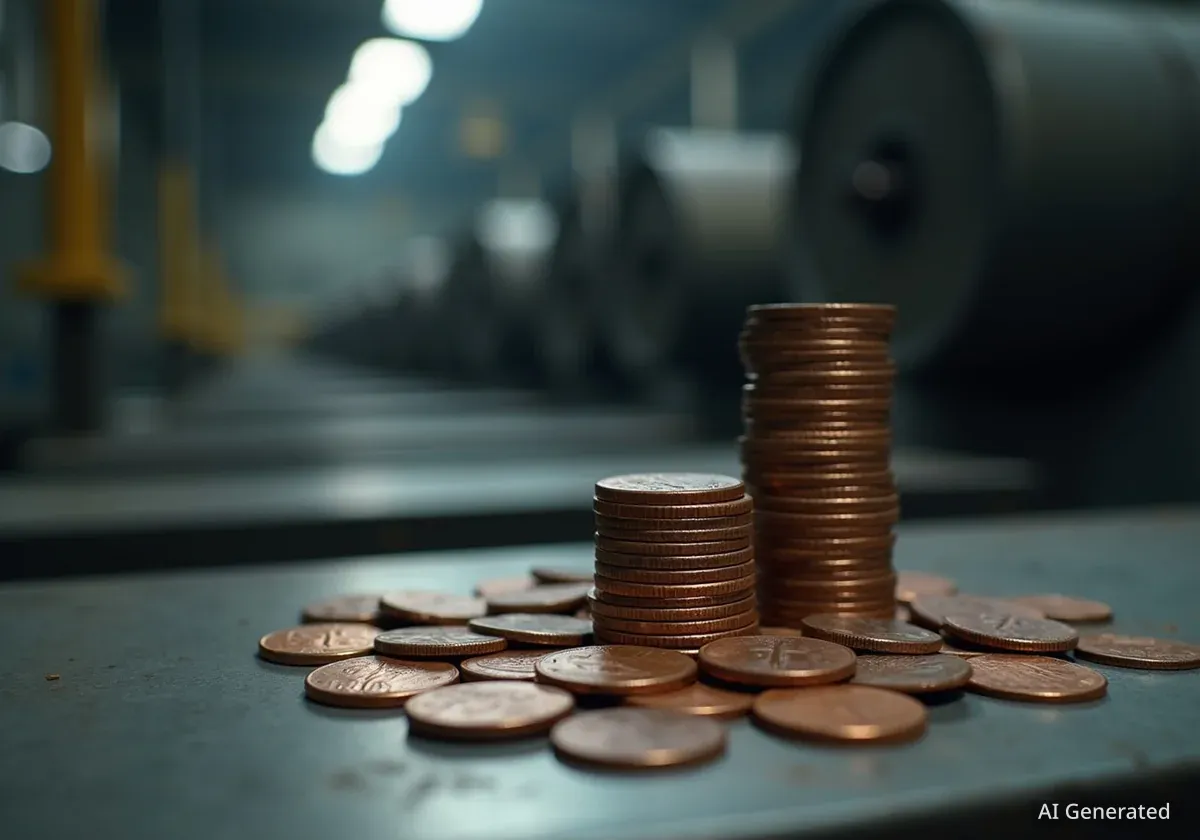The U.S. Department of the Treasury has released new guidance detailing which workers are eligible for the recently enacted "No Tax On Tips" provision. The clarification outlines 68 specific occupations, establishes financial limits for the deduction, and provides rules for filing, impacting millions of service industry employees across the country.
Key Takeaways
- The Treasury Department has identified 68 specific occupations eligible for a new tip tax deduction.
- Workers can deduct up to $25,000 in tips, but the benefit phases out once wages exceed $150,000 per spouse.
- The provision is temporary and is set to expire in 2028.
- New rules prohibit claiming automatic gratuities and require a new tax form, Schedule 1-A.
Understanding the New Tax Provision
The "No Tax on Tips" provision was established as part of the “Big Beautiful Bill,” signed into law on July 4th. The measure aims to provide tax relief for individuals in service-oriented professions who rely on gratuities for a significant portion of their income. The latest guidance from the Treasury provides the necessary framework for workers to understand their eligibility and the process for claiming the deduction on their tax returns.
This development is particularly relevant in states with large service economies. According to the Federal Reserve Bank of St. Louis, Nevada has the highest concentration of tipped workers per capita in the United States, making the new rules especially significant for its workforce.
Who Qualifies for the Tip Deduction?
The Treasury's guidance organizes the 68 eligible professions into eight distinct categories, ensuring clarity on who can benefit from the tax break. The list is comprehensive, covering a wide range of service sector jobs.
Eligible Occupation Categories
The eight main categories for qualifying workers include:
- Beverage and Food Service: Bartenders, waiters, and other restaurant staff.
- Entertainment and Events: Ushers, event staff, and performers.
- Hospitality and Guest Services: Bellhops, concierges, and hotel staff.
- Home Services: Plumbers, electricians, and landscapers who receive tips.
- Personal Services: Various service providers who are tipped for their work.
- Personal Appearance and Wellness: Hairstylists, barbers, and massage therapists.
- Recreation and Instruction: Tour guides and instructors.
- Transportation and Delivery: Delivery drivers and chauffeurs.
The detailed list includes many roles common in the hospitality and tourism industries, such as those found in Las Vegas resorts, but also extends to home service professionals who may receive gratuities for their work.
Financial Limits and Filing Requirements
The new tax provision comes with specific financial thresholds and a limited timeframe. Workers need to be aware of these rules to correctly file their taxes and claim the deduction.
Key Deduction Figures
- Maximum Deduction: $25,000 in eligible tips per year.
- Income Cap: Tips become taxable once wages surpass $150,000 per spouse.
- Expiration Date: The provision is scheduled to end in 2028.
To claim the deduction, eligible workers must complete a new form, Schedule 1-A, and attach it to their tax filings. This form is designed specifically for reporting and calculating the deductible tip amount.
New Restrictions Aim to Prevent Misuse
The Treasury's guidance also introduces key restrictions to prevent abuse of the new tax benefit. Certified Public Accountant Kim Walker explained that these rules are designed to ensure only genuinely tipped workers benefit.
"There are already people trying to ‘jack’ the system, and the Treasury is saying ‘No. We’re going to preempt that by being clear about who is a tip earner,'" Walker stated. "If you were not a tip earner prior to this, you can’t make yourself a tip earner now to take advantage of the tax deduction for tips."
Two significant restrictions have been implemented:
- Individuals who file using the "Married, Filing Separately" status are not eligible to claim the tip deduction.
- Automatic gratuities, often added to bills for large parties, cannot be included in the deductible amount.
Walker noted that this second rule clarifies the definition of a tip. "It eliminates another loophole too, of calling things a tip that maybe weren’t a tip. It puts the onus on the customer to define what the tip is and how much it is," she added.
The Critical Role of Record-Keeping
Given these new rules, maintaining meticulous records is essential. Walker advises all tipped employees to keep a detailed log of every tip received. These records are not only necessary for accurate tax filing but will also be crucial in the event of an audit by the IRS.
Potential Economic Impact for Workers and Businesses
Local business owners see the tax relief as a potential boost for both their employees and the broader economy. Luiz Oliviera, owner of the Sambalatte coffee shop in Las Vegas, believes the provision will have a positive ripple effect.
"We feel this ripple effect that comes from the Strip: a lot of our customers, they work in hospitality. If they’re not making money, they’re not going to spend money," Oliviera explained. He highlighted the importance of tips for his own staff.
"My baristas-- I would say a third of the income is on tips," he said. The tax deduction could significantly increase their disposable income. "That means that everybody’s going to have an extra 20, 25% in their pocket to spend, which I truly believe is going to help our economy dramatically."
As workers begin to plan for the upcoming tax season, understanding these new guidelines will be crucial for maximizing their financial benefits and ensuring compliance with federal law.





